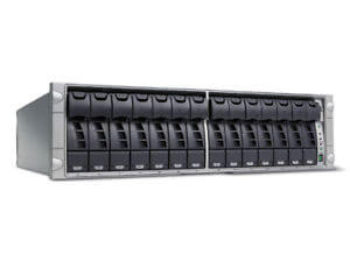Netapp Filer and The Benefits of Upgrading
For businesses who are looking to ensure safer data storage and better data protection, the desire for quick and hassle-free storage in devices is a never-ending one.
The constant fear of losing out on data and slow working servers is what many system vendors worry about. However, with a NetApp Filer upgrade, you wouldn’t have to worry anymore!
A NetApp Filer Can Make Things Easy For You
NetApp filer allows for the physical storage in multiple disk arrays with provisional large storage space. The founders of NetApp, David Hitz and James Lau, provide the users with an ONTAP operating system that enables the customers smooth functioning along with personalised hardware to manage the different protocols.
It doesn’t matter whether you work with SMB, CIFS, or NFS, FTP, file types, NetApp Filer can help you keep it secure.
Some other file types it supports are:
– iSCSI,
– Fiber Channel,
– NVMe over Fabrics
– HTTP.
– and more!
Even More Reasons to Love a Netapp Filer
It also comes with a WAFL file system, mainly structured to serve the purposes of storage, by the founders themselves.
You might be wondering as to whether it works better when you compare it to other computers that have Microsoft Windows Server or Linux as their OS. Surprisingly, it does manage to tick off most of the boxes.
NetApp filers have something called NVRAM, a non-volatile random access memory. In simple words, it can retain files and information even when the system is turned off, without any disruption. Also, it improves the all-around performance of the system by complementing disk drives to other pins or drives (once again the advantage of multiple storages).
NetApp filers also update to the most recent operations, that is, ONTAP 8 which expands the FlexVolume to a limit of 100TB. It could be sized up to more than 100 TB depending on the storage space, especially on new devices.
Expanding Your Storage Capabilities
As a business, you would need to scale up at one time or the other. What do you do then?
Previously, NetApp filers did not allow storage expansion, but in 2008, they came up with Performance Acceleration Module (PAM). This card can be inserted into the PC for extra space during intense workload and also improves the performance of the system. The hardware uses the AFF A-series but does not allow Cache cards as it already consists of 28 groups of RAID inclusive of 2 consistency disks.
What must you be aware of while upgrading a NetApp filer?
Well, when you upgrade to the latest ONTAP 8.2.1, the 32-bit aggregates convert to a whopping 64-bit without additional disks. Which also implies that if you are into a real-time workload doing data analysis or data storage, it makes use of the Automated Workload Analyser to reduce accumulation of cache rate.
Living in a busy world around that constantly requires entry of high-quality data to fulfil your company’s growing needs, purchasing NetApp filers is what you should be looking at. For one, the filers’ use of less power capacity despite the extensive tasks carried out in it. Its upgrade also curbs the cost of the server and storage needs.
Which Upgrade is Right For You?
Now, you might be confused as to whether you should go in for a system upgrade or a capacity upgrade. To know the answer, take a look at when your Netapp product is going EOA and EOS.
EOA or End of Availability refers to when your Netapp product wouldn’t be available in the market anymore. EOS or End of Service refers to when Netapp will cease servicing your equipment. The FAS3240, for instance, is currently EOA and will go EOS in a year. If your equipment is going EOS soon, it is a good idea to go for an entire system upgrade.





